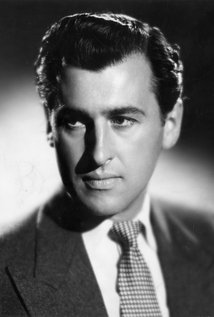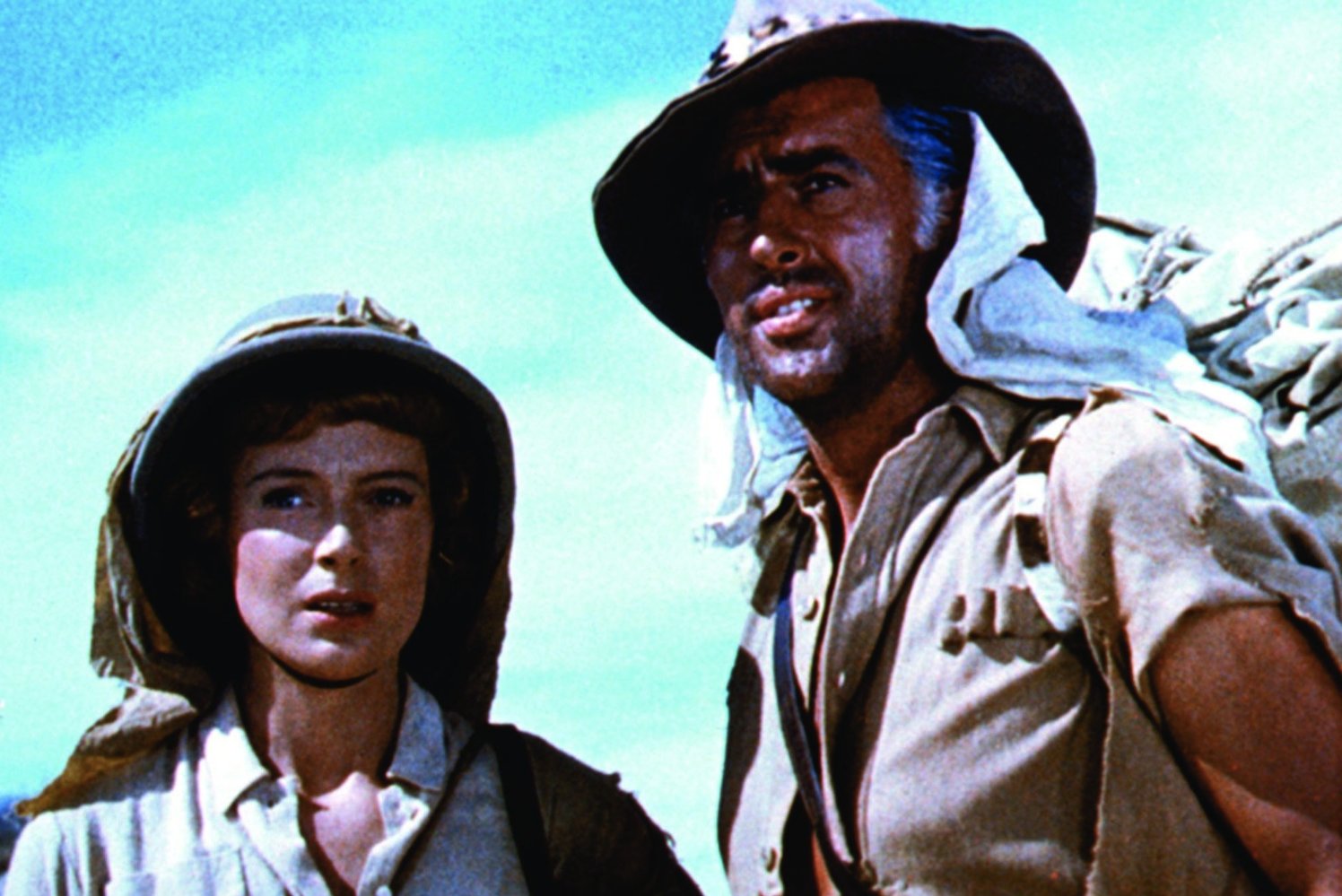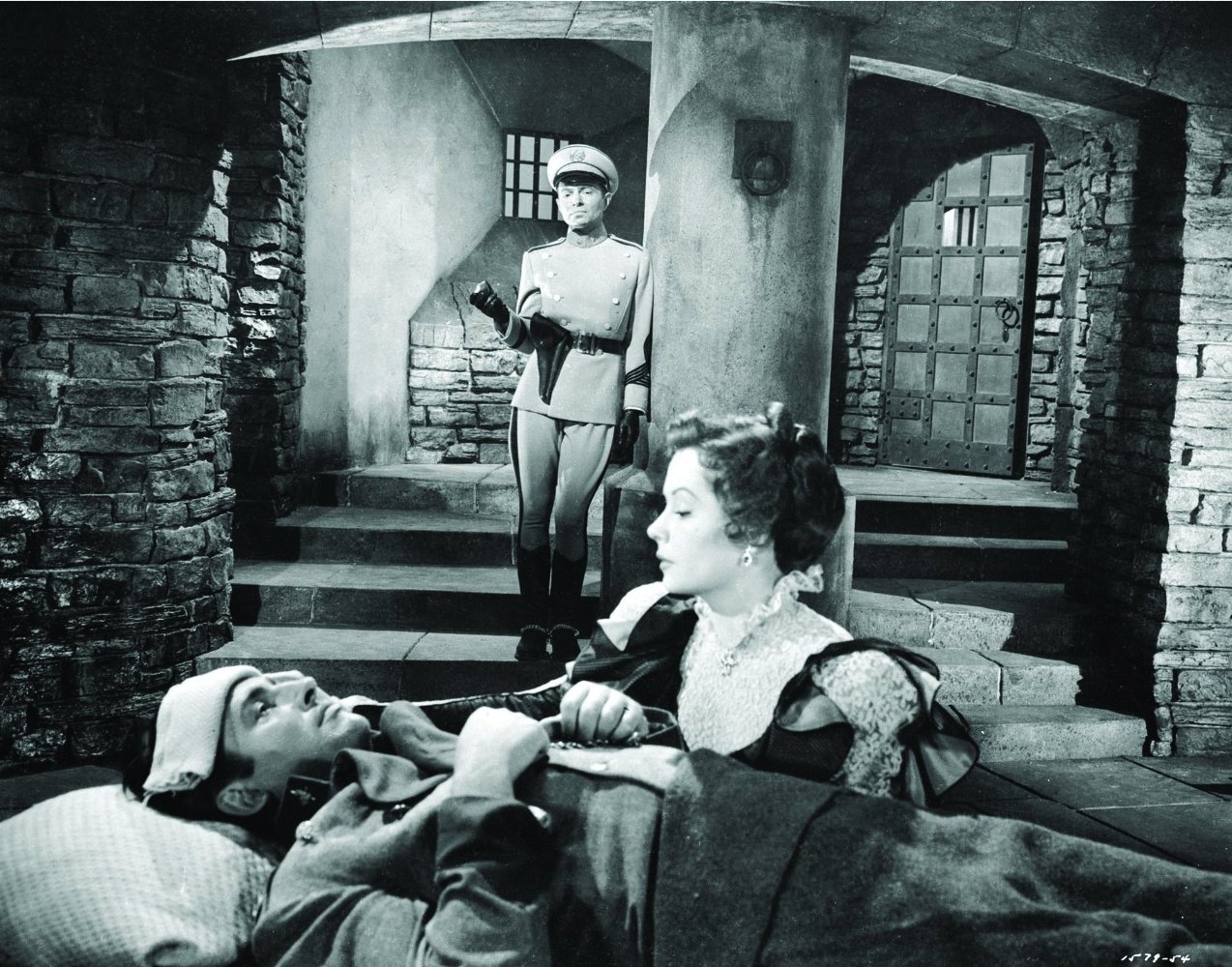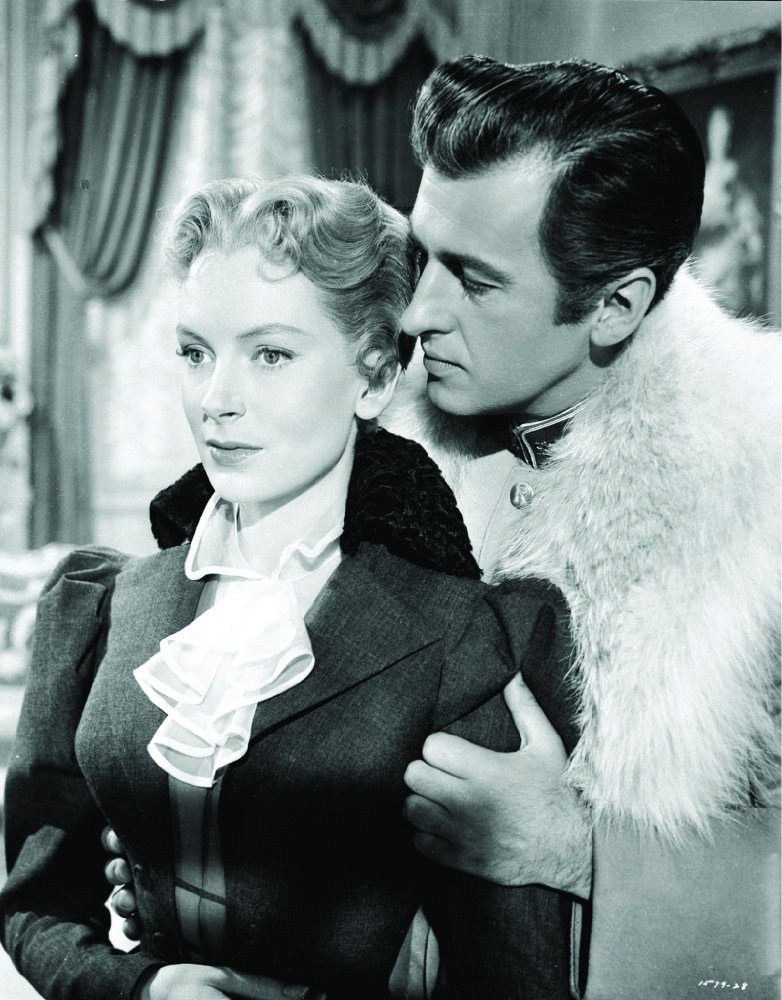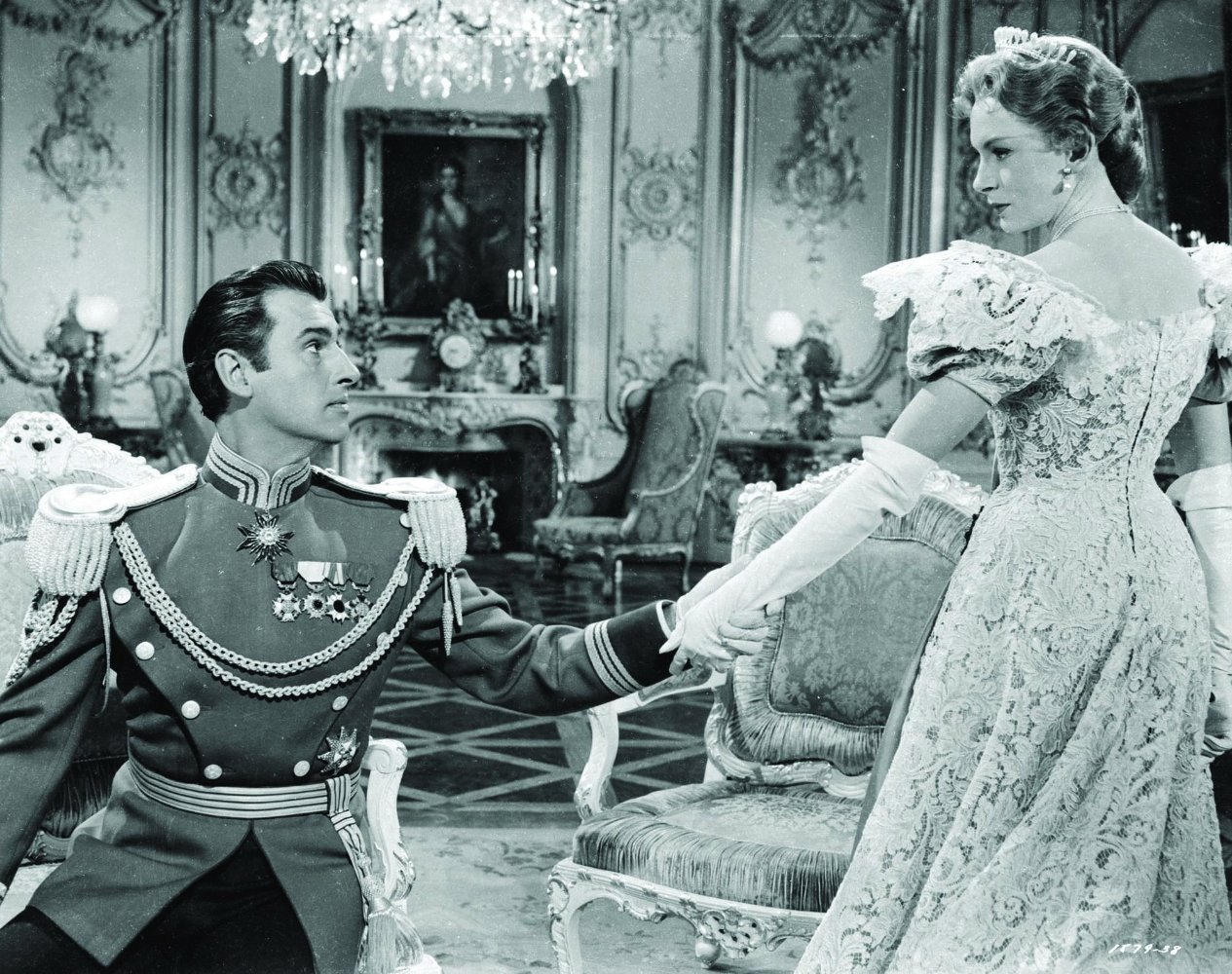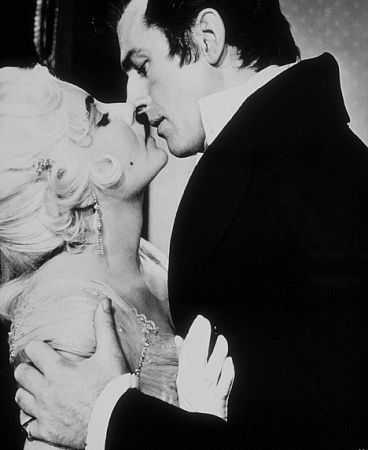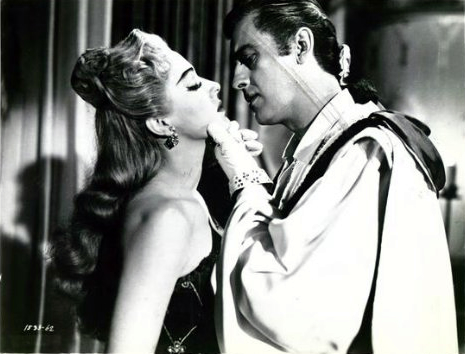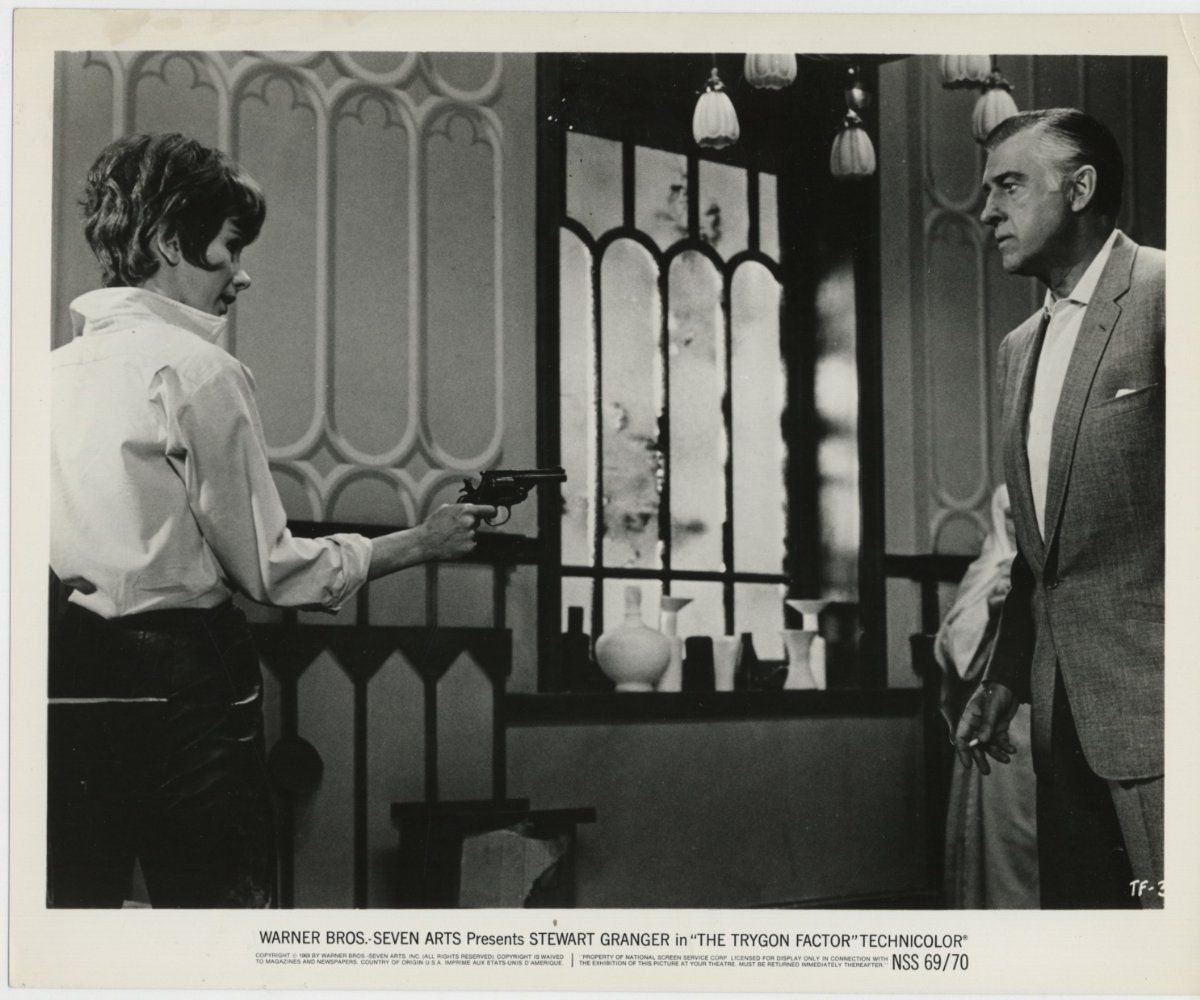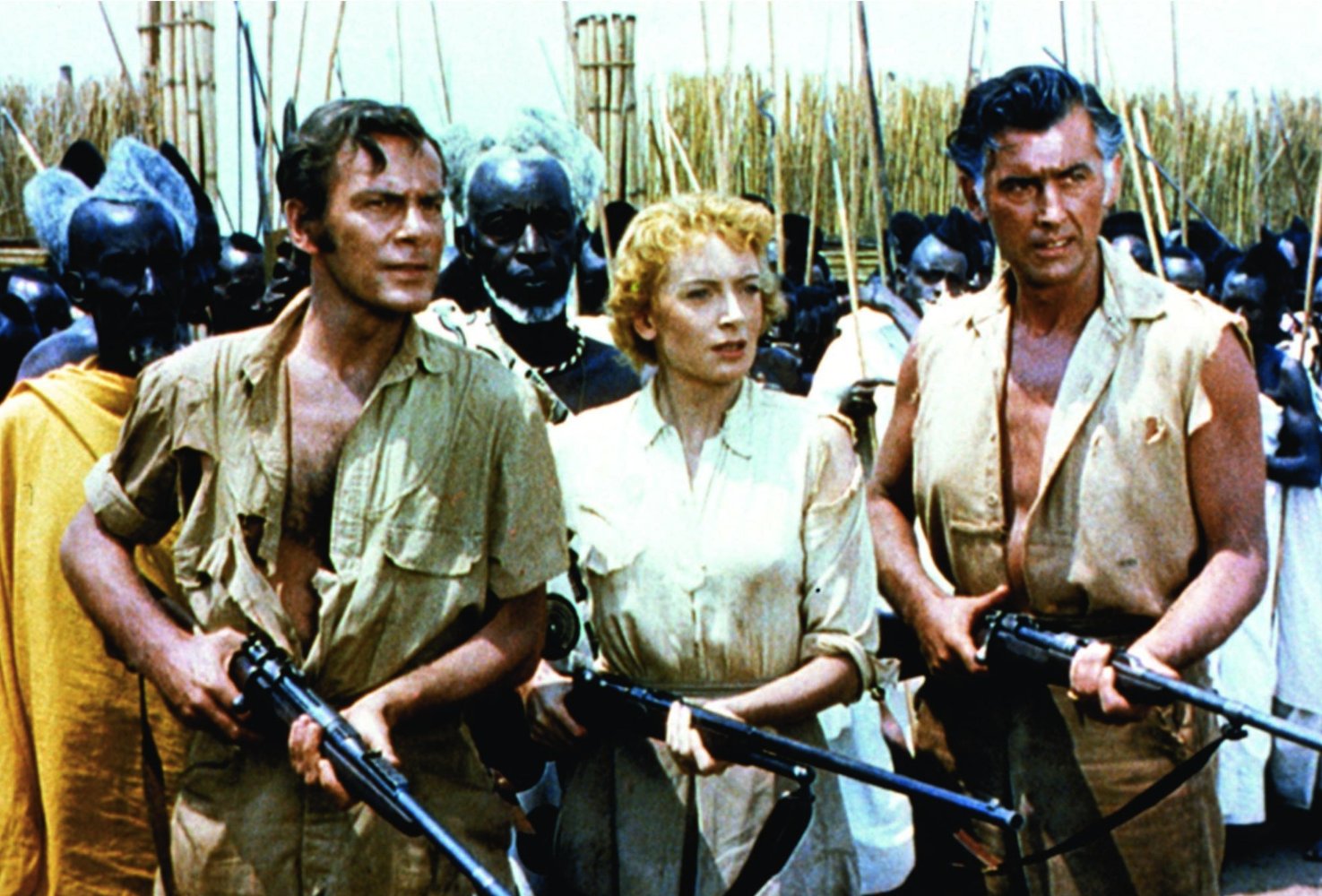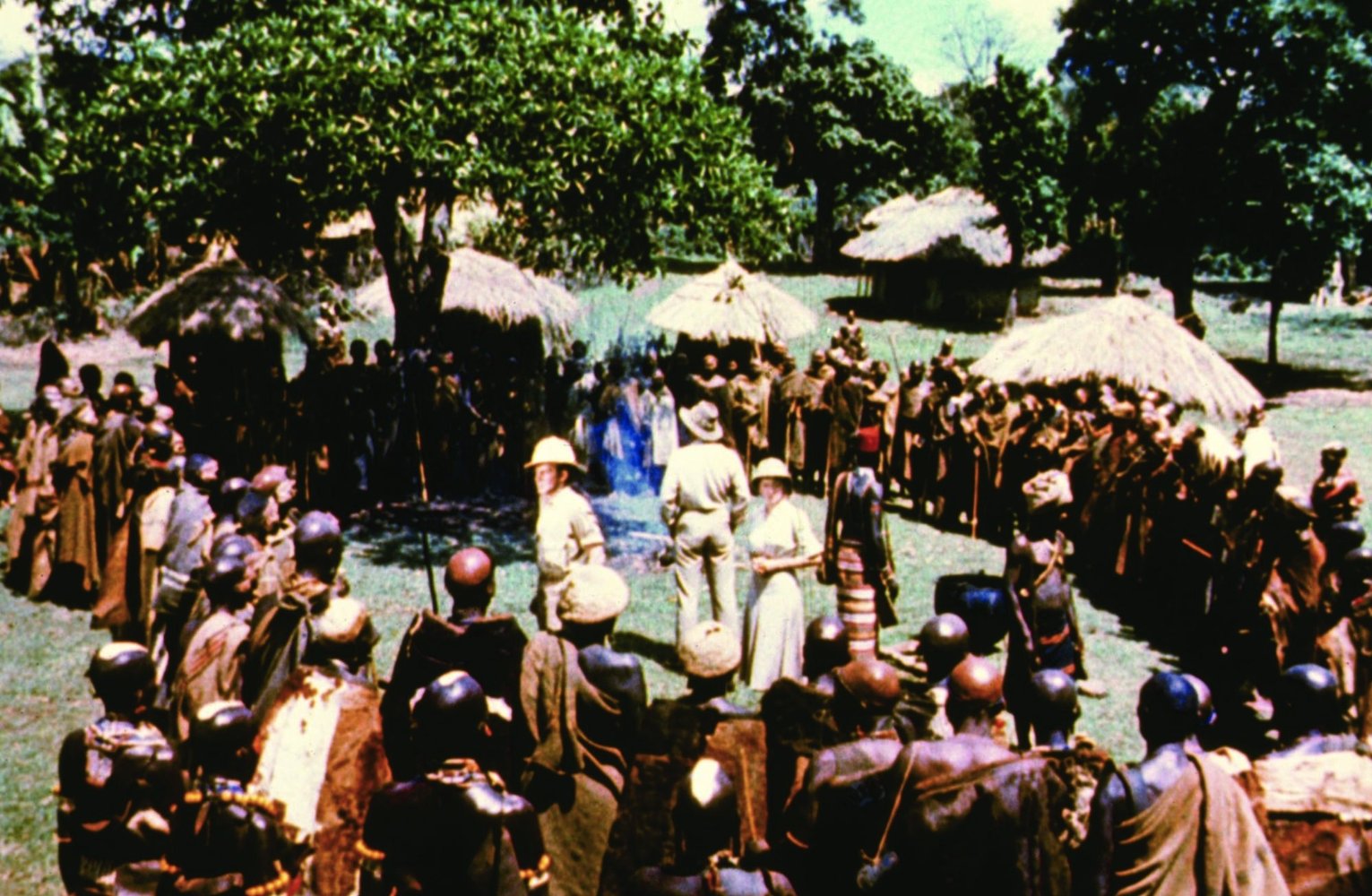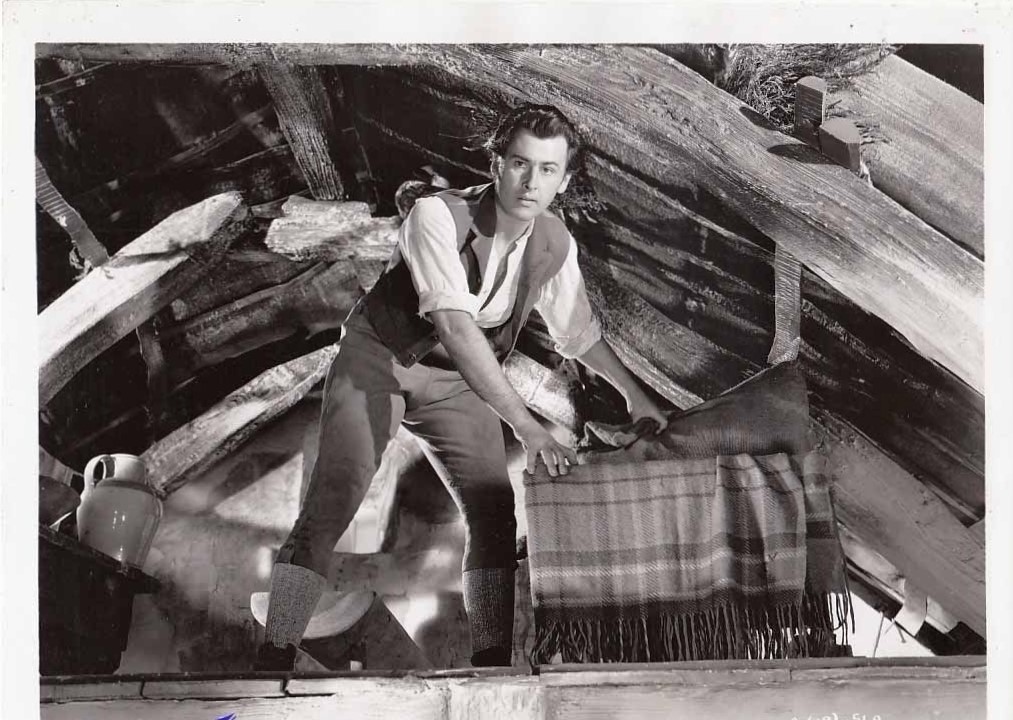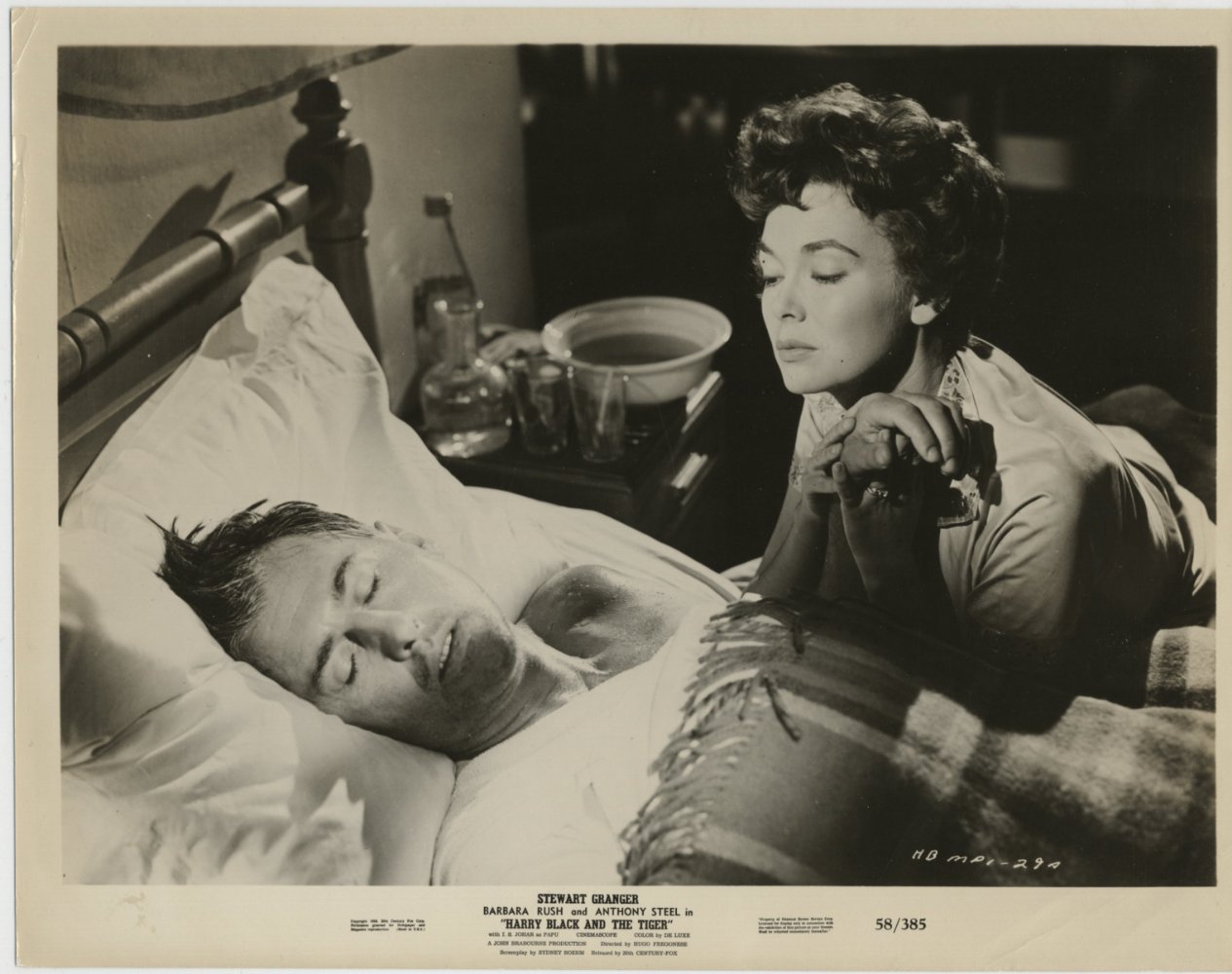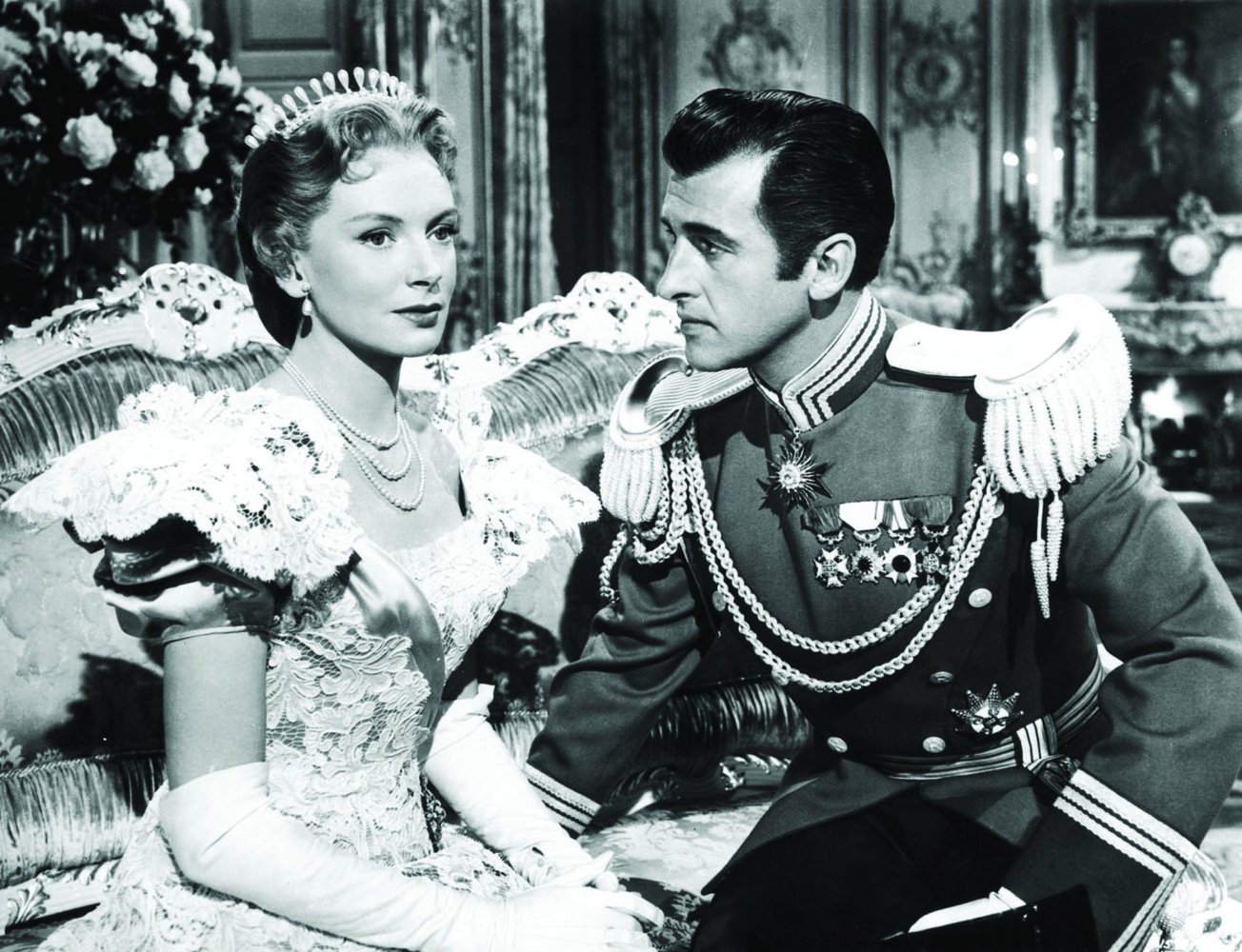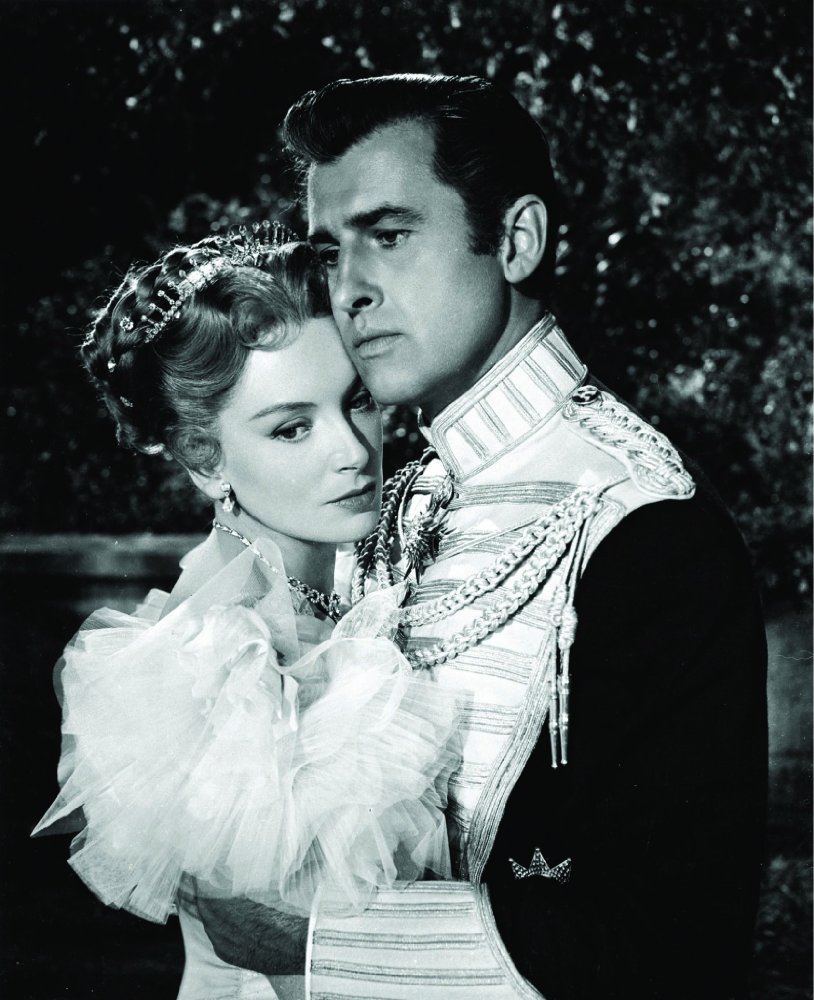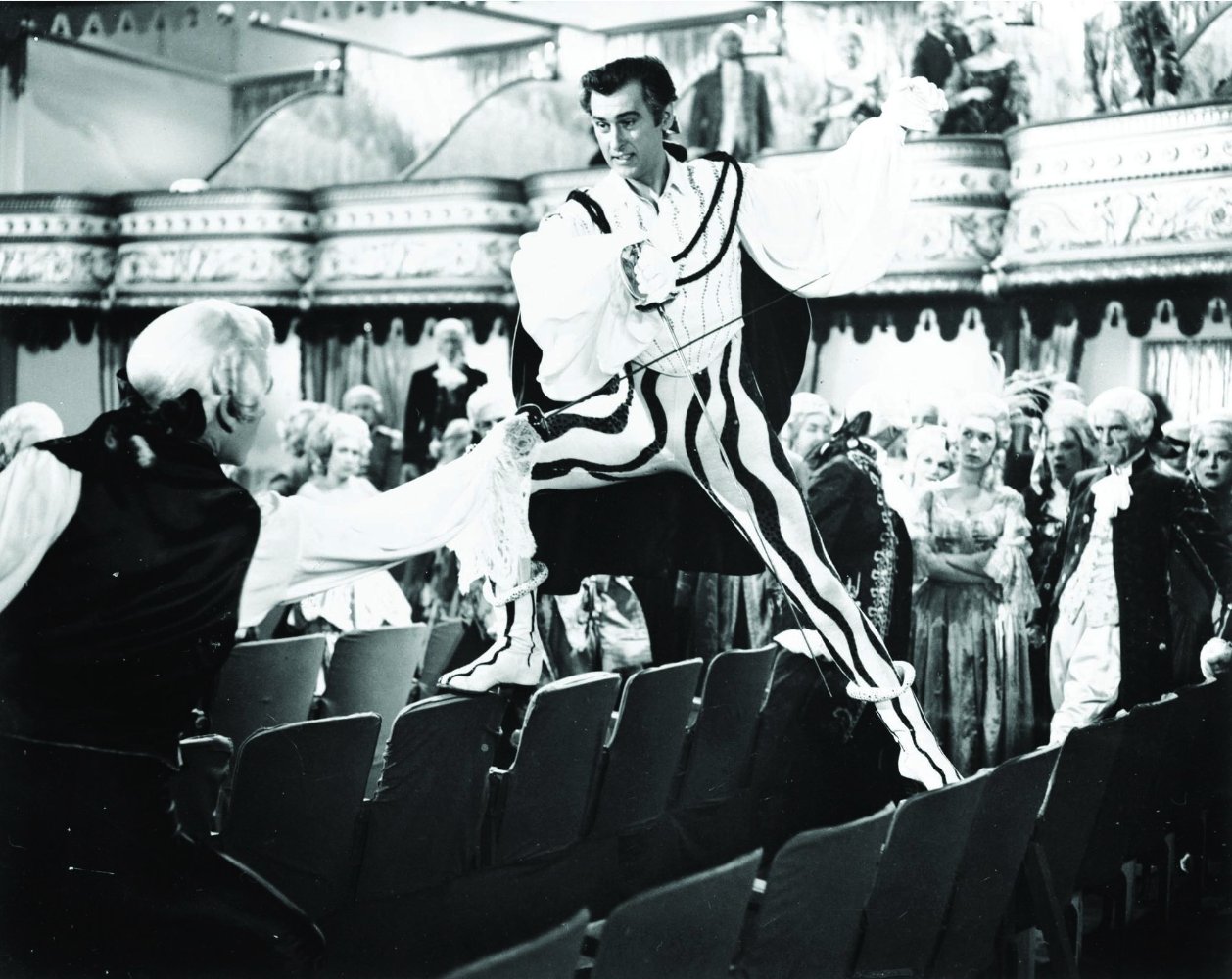Stewart Granger was born James Leblanche Stewart in London, the grandson of the actor "Luigi Lablache". He attended Epsom College but left after deciding not to pursue a medical degree. He decided to try acting and attended Webber-Douglas School of Dramatic Art, London. By 1935, he made his stage debut in "The Cardinal" at the L...
Show more »
Stewart Granger was born James Leblanche Stewart in London, the grandson of the actor "Luigi Lablache". He attended Epsom College but left after deciding not to pursue a medical degree. He decided to try acting and attended Webber-Douglas School of Dramatic Art, London. By 1935, he made his stage debut in "The Cardinal" at the Little Theatre Hull . He was with the Birmingham Repertory Company between 1936 and 1937 and, in 1938, he made his debut in the West End, London in "The Sun Never Sets". He joined the Old Vic company in 1939 appearing in 'Tony Draws a Horse' at the Criterion and 'A House in the Square' at the St Martins He had been gradually rising through the ranks of better stage roles when World War II began, and he joined the British Army in 1940. However, he was eventually disabled (1942) which brought his release from military service.With a dearth of leading men for British movies he quickly landed his first film opportunity The Man in Grey (1943) for Gainsborough Pictures. This was the first installment of the company's successful series of romance films. Not to be confused with American actor James Stewart, James Leblanche Stewart became Stewart Granger (though he was "Jimmy" to his off-screen friends). But the film work was unsatisfying. He was forever cast as the dashing hero type, while fellow up-and-coming actor James Mason always garnered the more substantial Gainsborough part. When Mason got the nod from Hollywood, Granger inherited better parts and, in some star company in one case, the sophisticated Caesar and Cleopatra (1945) with Claude Rains and Vivien Leigh and a very young bit player already being noticed, Jean Simmons. Grangers lead roles to the end of the decade were substantial, but Simmons was unwittingly moving on into British film history with small but memorable roles for David Lean, Michael Powell, and, in a big way, Laurence Olivier, as "Ophelia" in his historic Hamlet (1948) for which she received an Oscar nomination. Granger and she were brought together as co-stars in the comedy Adam and Evelyne (1949). This time around, the chemistry off-camera was there as well, and they became engaged. About the same time, Granger's hope of interesting Hollywood was realized for him and his bride-to-be. He married and signed with MGM in 1950. Once in Hollywood, he was getting star billing leads in romantic roles that the audiences loved, but he found them still unsatisfying. He also found himself heir apparent to Errol Flynn as a swashbuckler in two popular films: the remake of The Prisoner of Zenda (1952) and Scaramouche (1952). He and Simmons were paired in Young Bess (1953), where Granger had the romantic lead, but Simmons was the focus of the movie.Through the 50s, the films of each might have fairly equal production values, but as the fortunes of Hollywood go, Simmons was the more memorable star in films that were more popular-some very big hits, the later Elmer Gantry (1960) and Spartacus (1960). That sort of undeclared competition for a married Hollywood couple was poison to the marriage. In 1960, they divorced. Granger did a lot of work in Germany, along with some in Italy and Spain in the 60s. Interestingly, in the same period Simmons was finding the same lack of challenging roles in the US. In the 70s and 80s, Granger was relegated to small screen subsistence with regular TV roles along with a few movies and a stint on the New York stage. And ironically, Simmons was in the same boat during that period. Granger's typecasting was nothing new, but certainly his often scathing criticism of Hollywood and its denizens that came out in his autobiography "Sparks Fly Upwards" was understandable and rang true with so many other stories dealing with illusive stardom. Though he was candid in his disgust with his whole career - and admittedly he did not have the depth for the range of roles allotted to bigger named actors - nonetheless he always turned in solid performances in the roles that became his legacy.
Show less «

